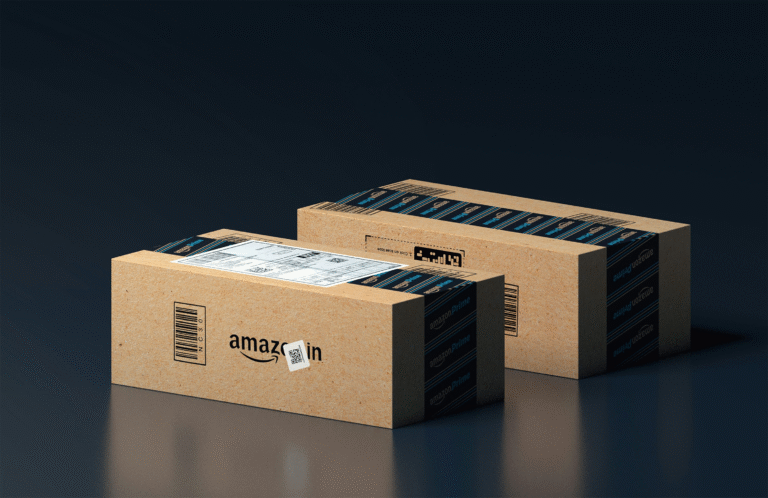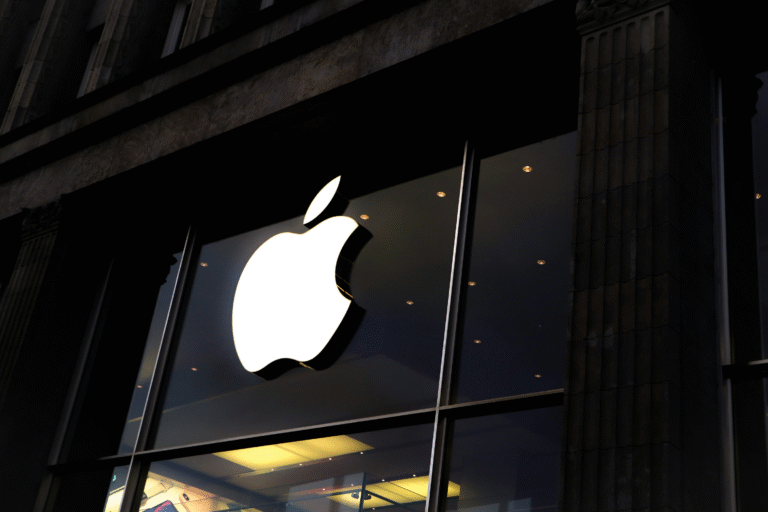Influencer marketing has become a powerful tool for businesses of all sizes. But with so many metrics to track, how do you know if your campaign delivers real value? Learning about the Earned Media Value (EMV) metric can give you the information you need to make more informed campaign decisions.
Are Influencers Considered Earned Media?
Indeed! Influencers stand as a pivotal channel for earned media. Unlike paid advertising, where you directly pay for placement, influencer partnerships foster the creation of organic content that resonates with the influencer’s audience. This authentic promotion, which feels more trustworthy to consumers, truly earns its title as ‘earned’ media, providing a sense of reassurance to your audience.
What Is Influencer Earned Media Value (EMV)?
EMV is a metric that estimates the cost of achieving the same level of exposure you received through influencer marketing if you had used paid advertising instead. It translates your influencer engagement (likes, comments, shares) into a dollar value. However, it’s important to note that EMV has limitations. So, we recommend using it with other metrics to evaluate your influencer marketing campaign comprehensively.
How Do Influencers Calculate EMV?
There’s no one-size-fits-all formula, but most earned media value calculation methods consider factors like:
- Engagement rate measures how well the influencer’s audience interacts with their content. A higher rate suggests a more engaged community.
- Follower count: While important, follower count alone doesn’t guarantee impact.
- Industry benchmarks: Standard engagement rates vary by platform and industry.
- Cost of traditional advertising: This provides a baseline for comparison.
The Power of Micro-Influencers
EMV can be particularly valuable when working with micro-influencers (those with 10,000-50,000 followers). While their reach might be smaller, they often boast higher engagement rates and a more targeted audience, translating to a higher earned media value than more prominent influencers with fewer engaged followers.
Example:
Imagine partnering with a micro-influencer in the fitness space who has 20,000 followers. Their post about your new protein powder generates 1,000 likes and 200 comments. Based on industry benchmarks, the average cost per like for fitness content is $1. Using a simplified formula, the Earned Media Value for this post would be 1,000 likes * $1/like = $1,000.
This EMV example demonstrates the potential value of the influencer’s promotion. It doesn’t guarantee sales, but it shows that you reached a relevant audience and generated significant engagement—a key ingredient for brand awareness and potential future conversions, instilling a sense of optimism in your audience.
By understanding and utilizing EMV, you can empower yourself to:
- Compare influencer performance: EMV helps you compare the potential impact of different influencers, even with varying follower counts.
- Negotiate influencer fees: Armed with EMV data, you can have more informed discussions about fees and campaign value.
- Optimize future campaigns: Track EMV over time to see what content and influencer partnerships resonate best with your target audience.
EMV is a valuable tool for maximizing your influencer marketing campaign’s return on investment (ROI). While ROI measures the overall profitability of your campaign, EMV specifically helps you understand the value of your influencer’s promotion. By incorporating EMV into your strategy, you can work smarter, not harder, to achieve your marketing goals.






